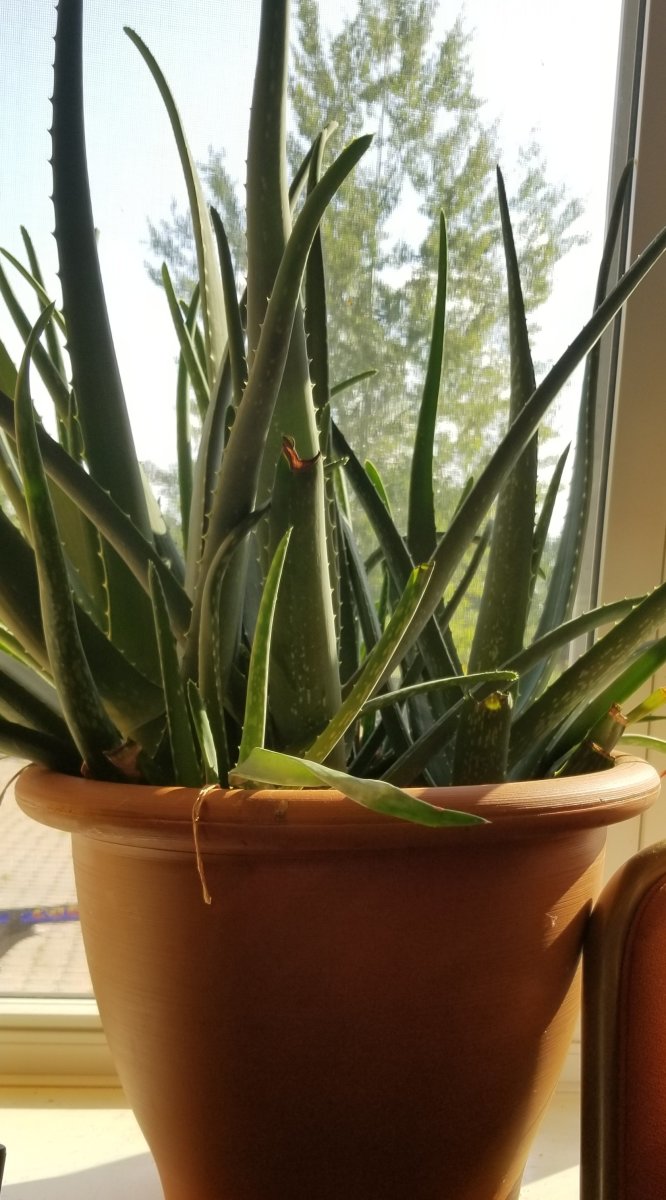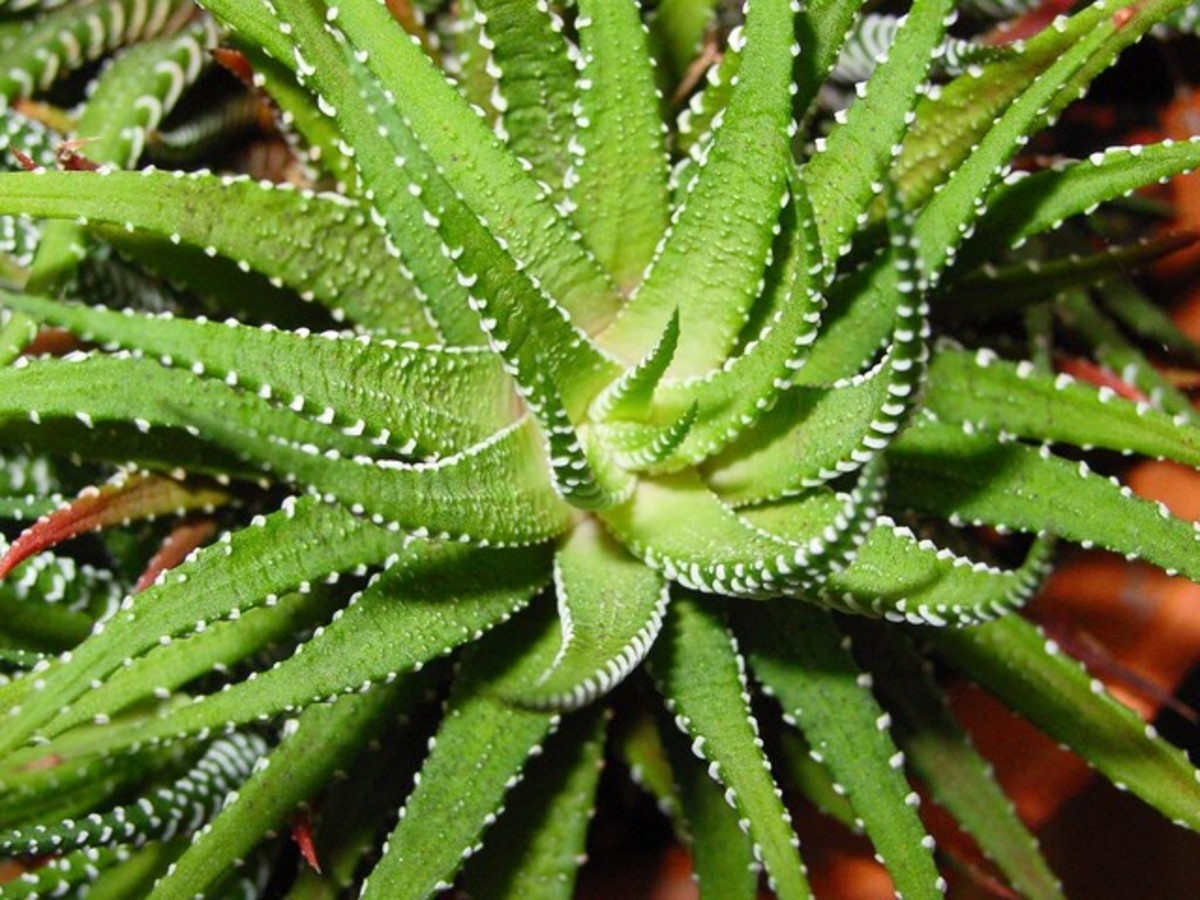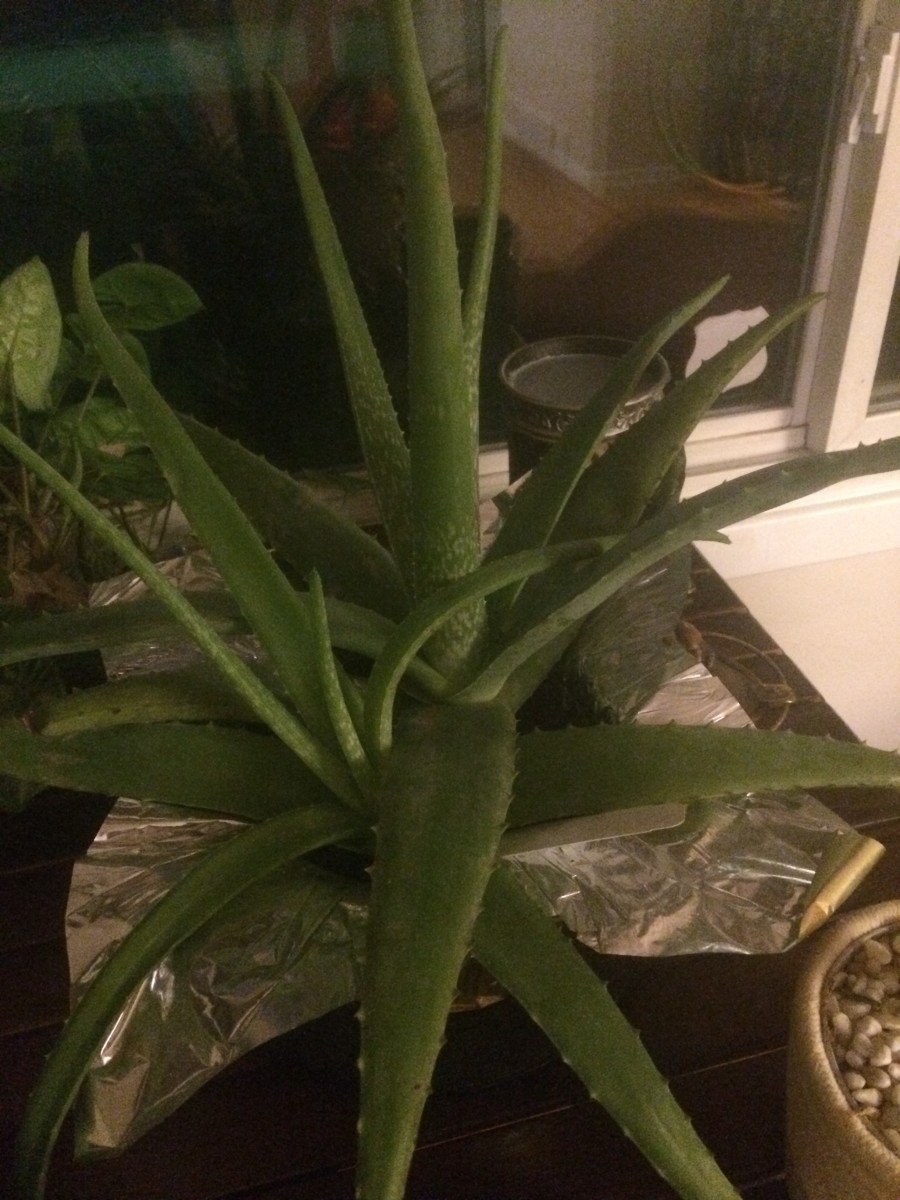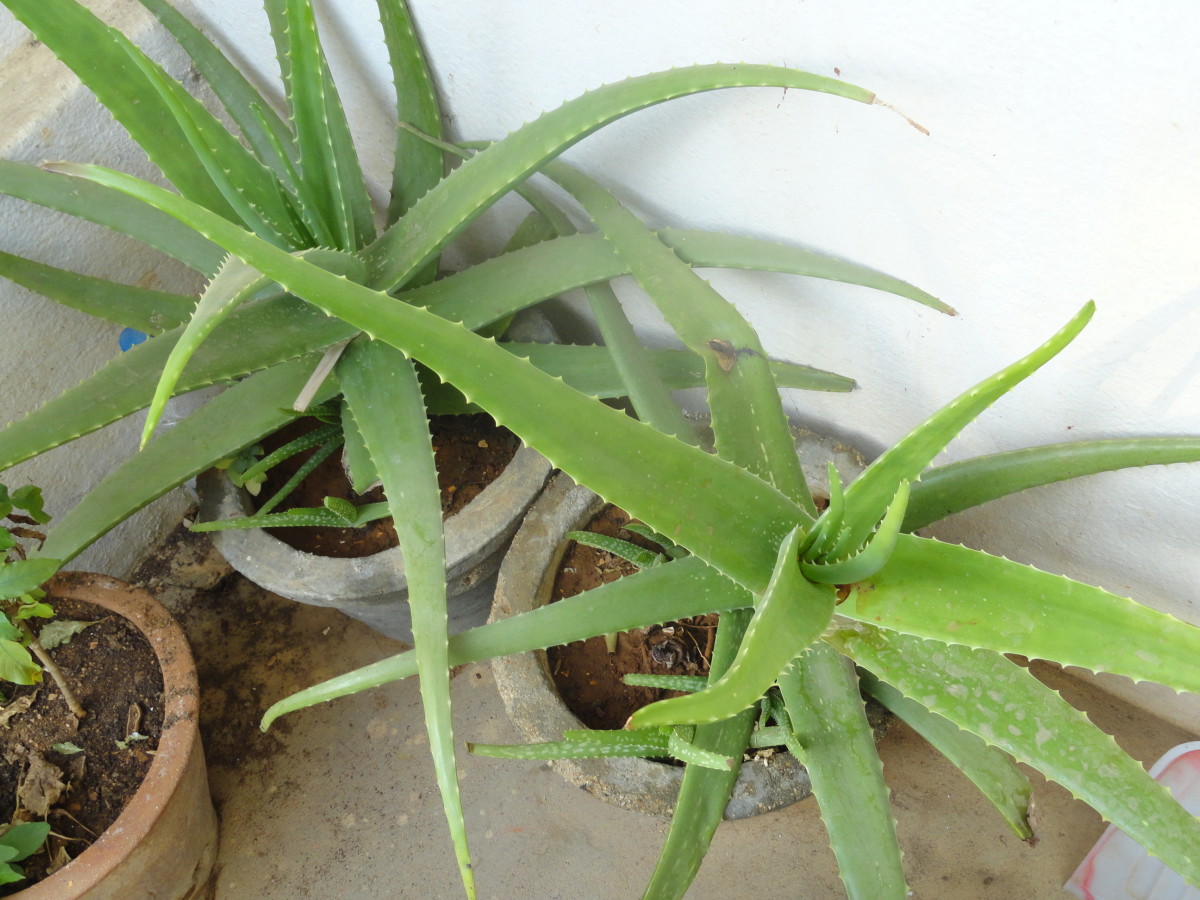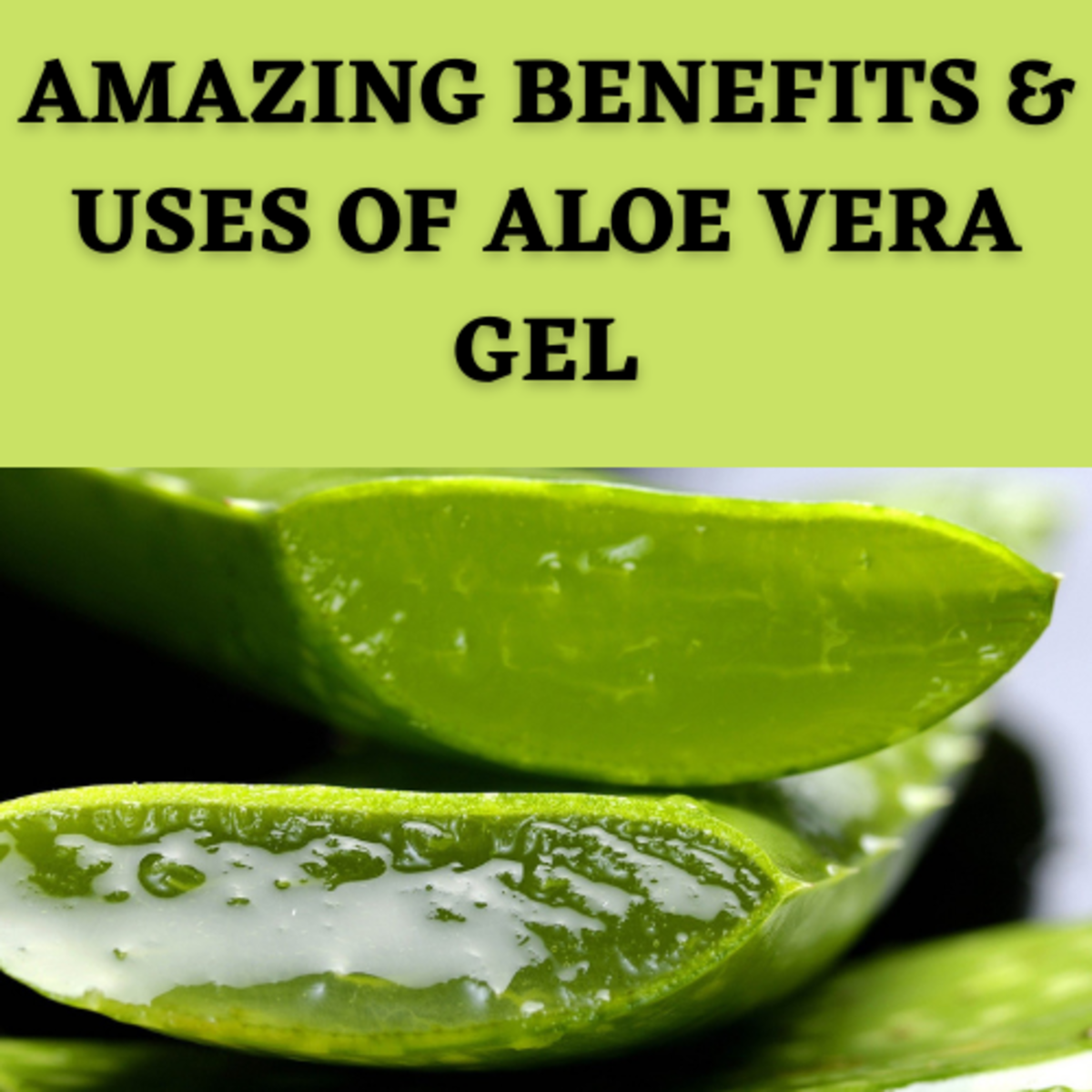- HubPages»
- Health»
- Alternative & Natural Medicine»
- Herbal Remedies
Aloe Vera the Miracle Plant
My evening Aloe Vera cocktail...

The History Behind the Plant...
- Aloe Vera Plant History Uses and Benefits
Aloe Vera is a member of the lily and onion family that has many uses in medicines and home remedies
A Miracle Plant? Can I Drink it?
Aloe Vera is often referred to as the "Miracle Plant". Even though it is such a miraculous plant ...many people do not have a clue of the essential benefits they could get by drinking the juice of an Aloe Vera plant.
If I told you that you could drink the juice of an Aloe Vera plant, you would probably think of the Aloe Vera juice as green and shimmy. But what you do not know is you can drink the juice of an Aloe Vera plant and it is actually pleasantly easy to drink. Today the "whole plant" is used in the process.
When Aloe Vera is made into a juice, the juice is yellow or reddish in color and often available in different flavors. My favorite is Strawberry-Kiwi Aloe Vera juice. Natural fruits are added for the desired taste.
If you have experienced what the gel from the leaf of an Aloe Vera plant can do for a burn, you might have some idea what Aloe Vera can do for burn like feelings on the inside of your body. You know that feeling when you've eaten something that just didn't agree with you.
Many people keep an Aloe Vera plant on their shelf in the kitchen just for those moments when "ouch" you touch something hot. Instantly they cut the leaf, apply the gel and "ahhhh" relief! And most times no blistering. See what is meant by miracle plant?
Now think about this ...what do you think is happening to the inside of your stomach when you get a stomachache or indigestion? You bet!!! Burn! At least it feels like a burn and if you could look inside your stomach that is constantly being abused and irritated, it would surprise you to see what is happening. But Aloe Vera can do on the inside exactly what it does on the outside ...with NO bad side effects ...only good ones!!
The Aloe plant produces at least six antiseptic agents:
- Lupeol
- salicylic acid
- phenol
- sulphur
This can help you understand why Aloe exhibits antimicrobial activity that helps external and internal infections. Lupeol, salicylic acid and magnesium are also highly effective analgesics, and this explains why Aloe can help effectively relieve pain.
Aloe Vera contains at least three anti-inflammatory fatty acids (cholesterol, campesterol and B-sitosterol, all of which are plant sterols) and this explains why Aloe Vera is such an effective treatment for burns, scrapes, and abrasions. Aloe Vera is also helpful in the use for rheumatic fever, and ulcers of all kinds, both internal and external. The presence of fatty acids may explain why some have stated that Aloe Vera is highly effective for inflammatory conditions of the digestive system and many other internal organs, including the stomach, small intestine, colon, liver, kidney, and pancreas. The presence of anyone of these fatty acids, especially B-sitosterol, explains why it is often reported that Aloe Juice is an effective treatment for allergic reactions and acid indigestion, and why it helps, in association with a low fat diet, to lower harmful cholesterol levels.
I hope this has helped you understand just some of the benefits there are when drinking the juice from the Aloe Vera plant that goes as far back as biblical time (for over 3,500 years of recorded history).
Author known as the "The Father of Aloe"
Important note: Aloe research information is gathered form around the world and speaks for itself. I do not claim Aloe to be a drug or a medicine. As with all good health measures, it is important for an individual to be under the routine care of a physician.
This content is accurate and true to the best of the author’s knowledge and is not meant to substitute for formal and individualized advice from a qualified professional.
© 2008 GJCody



